Syn.: Poinciana pulcherrima L., Caesalpinia pulcherrima var. flava Bailey et Rehder, Poinciana bijuga Lour., Poinciana bijuga Burm. f., Poinciana pulcherrima L.
Family: Fabaceae Lindl.
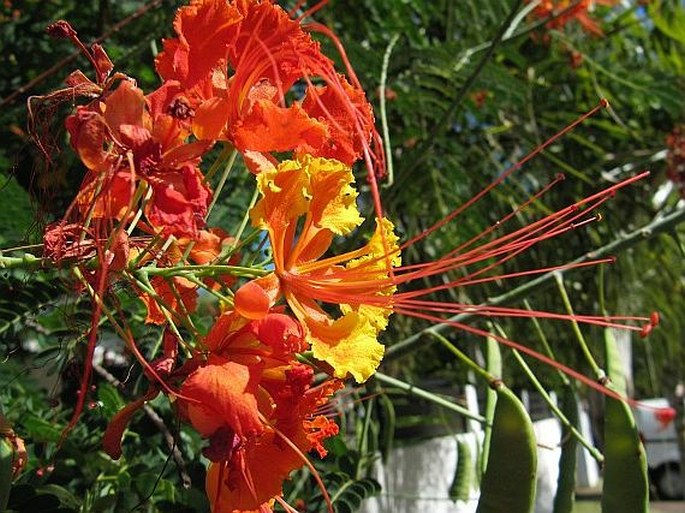
Distribution: Probably native in northern Central America. Widely cultivated or escaped throughout world tropics.
Ecology: Slopes, close to water, roadsides; in sunny locations. In tropics it is evergreen and blooms throughout the year, in temperate regions it blooms from spring till winter and at the extreme of its range in north it will lose leaves for winter. Freezing temperatures can damage it or they might kill it.
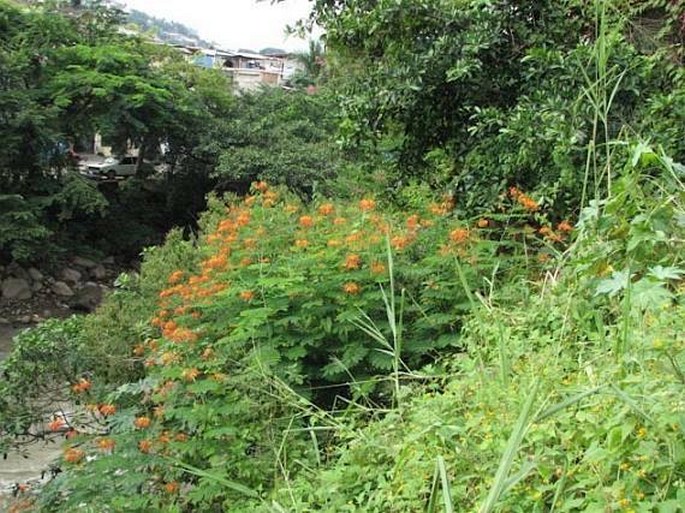
Description: Shrub or small tree from ground hugging up to about 3 m tall, branches with small, furry but sharp thorns. Leaves are bipinnately compound, fern-like, numerous leaflets about 2 cm long, bright green, turning red in winter range. Flowers in distinctive panicle of bright coloured, red, orange and yellow, with long red stamens; on terminal ends of branches. Fruit is a hard brownish legume, 8–12 cm long, thin and flat, twisting upon drying, explosively dehiscent, poisonous.
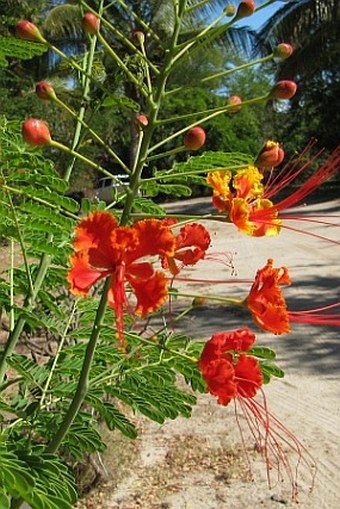
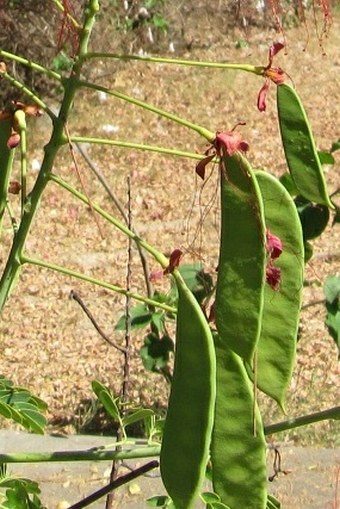
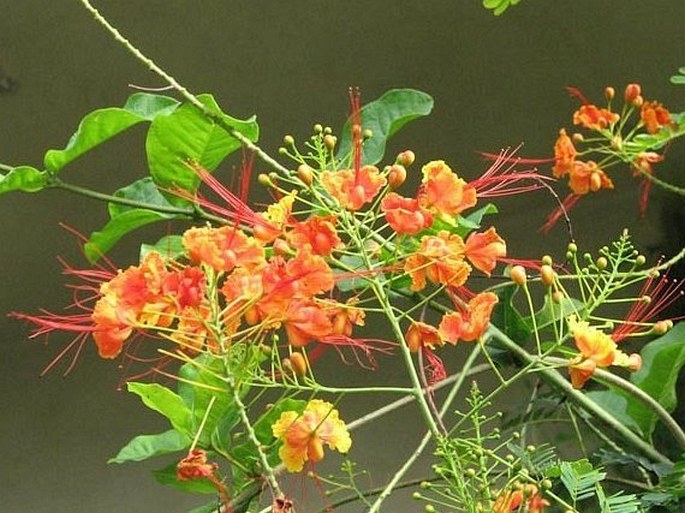
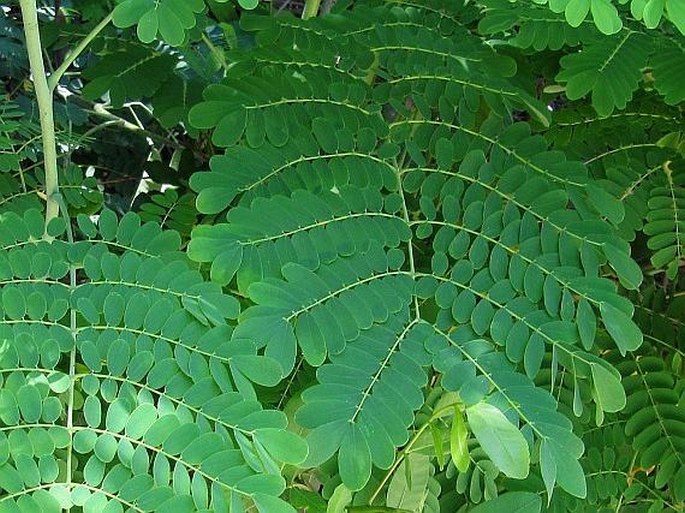
Usage: Common but beautiful shrub in warmer countries and definitely a magnet for butterflies. There’s always a cloud of butterflies present, unfortunately not sedate for a photograph. After some time of wasted effort you settle for a video.
The leaves have been reported used for fish poison.
Note: The generic name honours the Italian botanist A. Cesalpino.
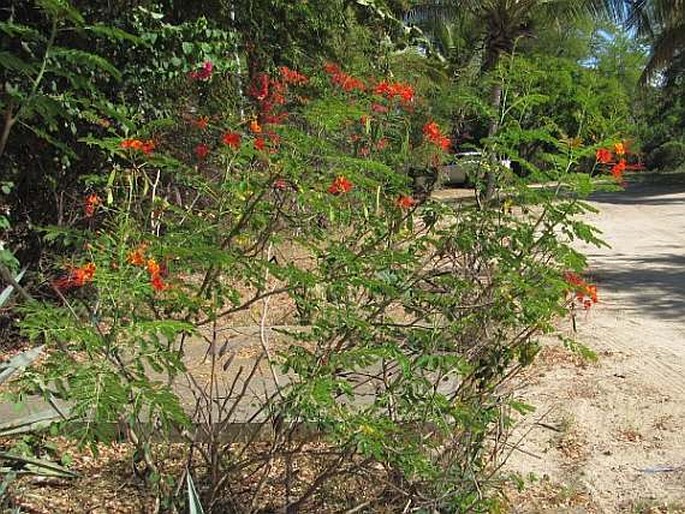
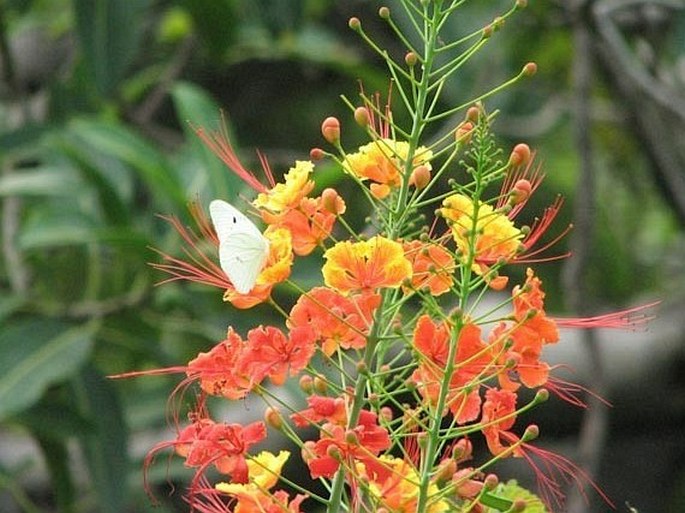
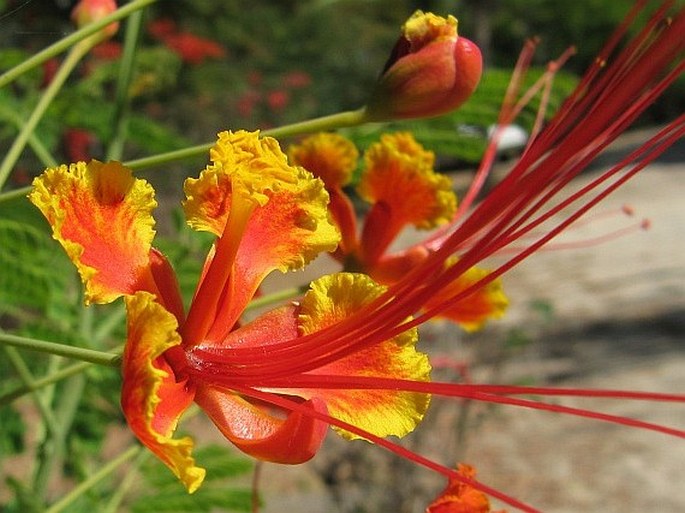
These images were taken in Réunion, Saint Gilles les Bains (by Věra Svobodová, November 23, 2010); Mexico, Jalisco, Puerto Vallarta (by Karel Bergmann, October 2008).


